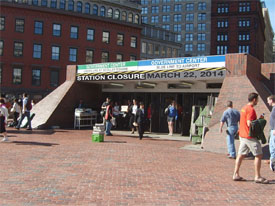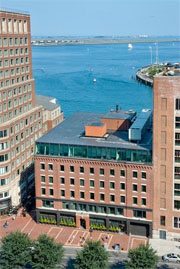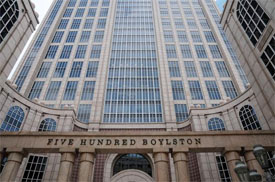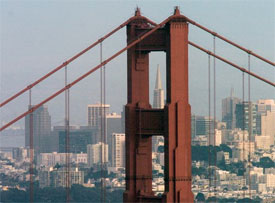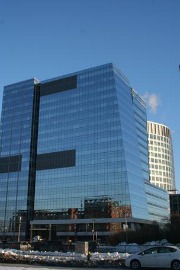 So what does it all mean? Here’s a quick explanation of the difference between usable square feet and rentable square feet, along with calculation for it – courtesy of 42floors.com:
So what does it all mean? Here’s a quick explanation of the difference between usable square feet and rentable square feet, along with calculation for it – courtesy of 42floors.com:
Usable square feet
The exact square footage of the commercial space you’re leasing. This refers only to those facilities that your company will exclusively occupy, including office space, storage space, and private bathrooms.
Rentable square feet
Rentable square feet is calculated by taking the actual usable square footage and adding a percentage of the common areas.
The Calculation
The formula to determine the USF and the RSF are: RSF = USF X (1 + Add-On %)
Add-On % = (rentable SF / Usable SF – 1)


